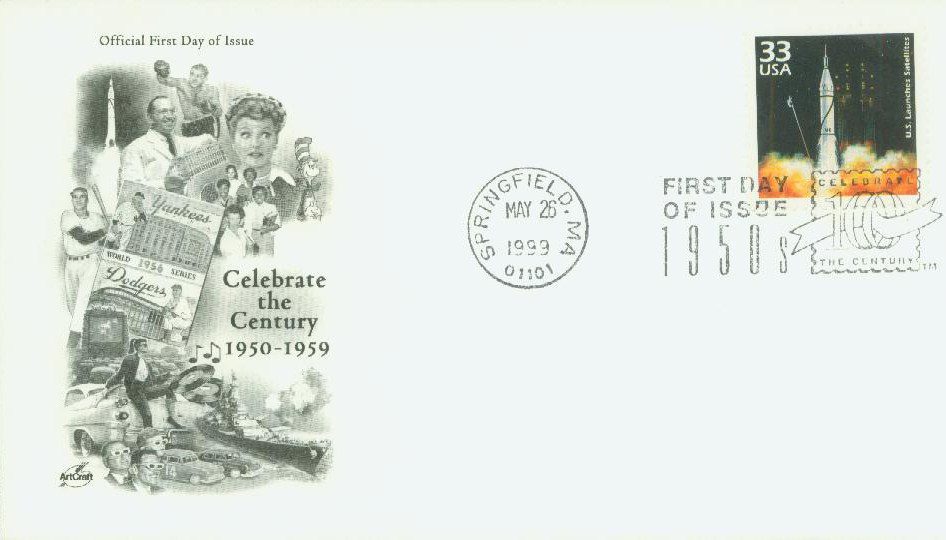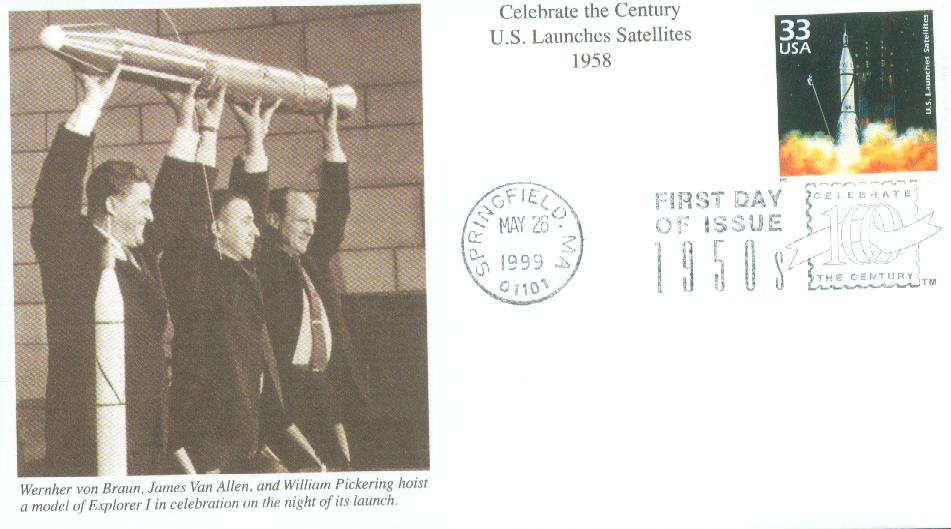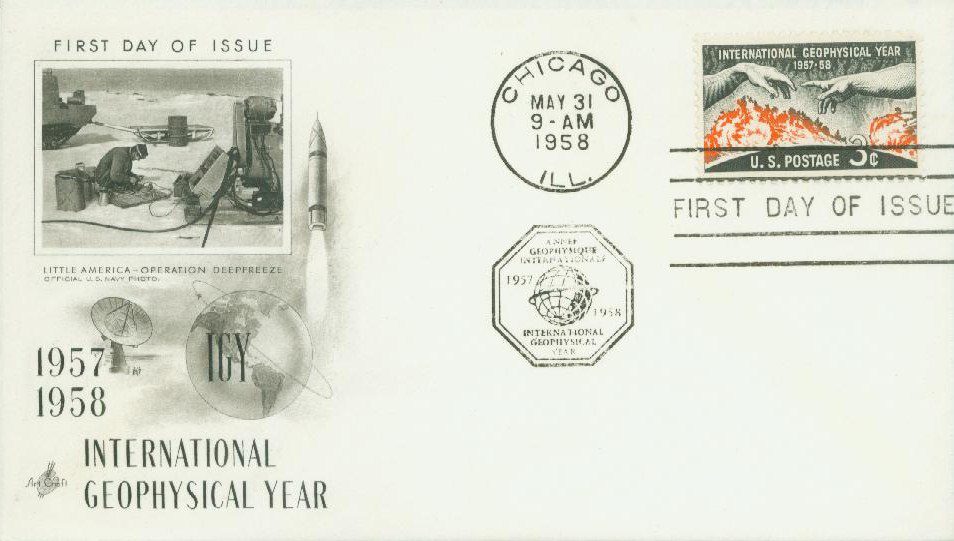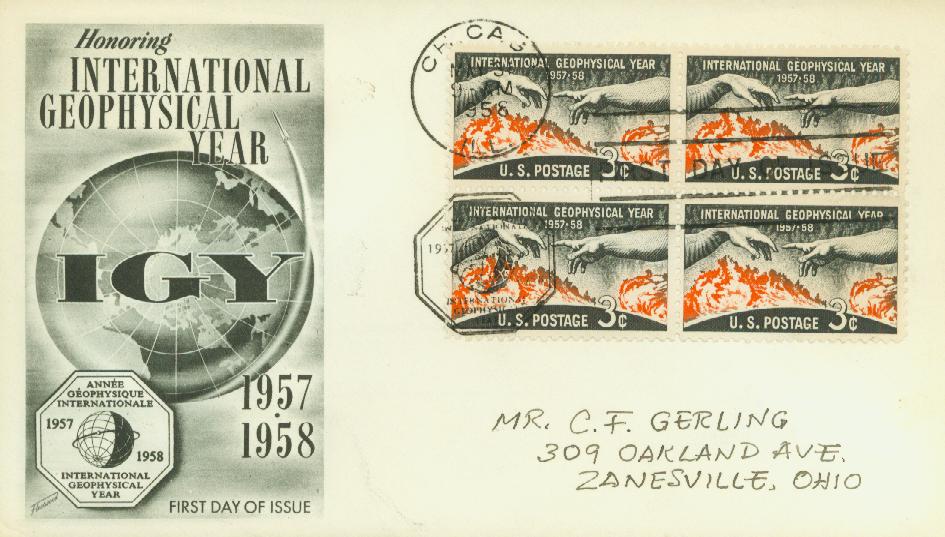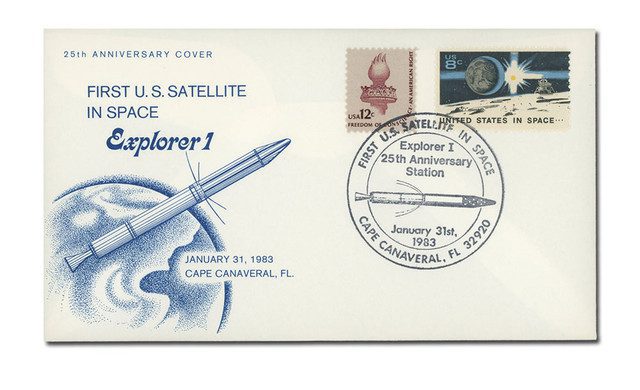Late in the evening of January 31, 1958, the US launched its first satellite, Explorer I.
After World War II, the United States and the Soviet Union struggled to stay one step ahead of each other in space exploration. Both countries made substantial advancements during this time, but Russia was first to launch an artificial satellite, much to America’s chagrin.
In October of 1957, the Soviets sent Sputnik I into orbit around the Earth. Then the Soviets sent up a second satellite, Sputnik II, the next month. This craft carried a dog named Laika, the first animal to be sent into space.
The US quickly responded with Satellite 1958 Alpha, also known as Explorer I. Designed and built by the Jet Propulsion Laboratory, Explorer I was part of the US program for the International Geophysical Year 1957-58. The IGY – an international scientific effort – was planned to coincide with a solar maximum in order to assess the unusual effects of the sun on earth. The Soviet Union also launched a satellite for the event.
Explorer I was smaller than the Sputniks because American launch vehicles were not as powerful as those used by the Soviet Union. Soviet Premier Nikita Khrushchev later commented, “You send up oranges while we send up tons.”
America’s first satellite, Explorer I, was launched from Cape Canaveral (now Kennedy Space Center) in Florida at 10:48 p.m. on January 31, 1958. The satellite was equipped with a Geiger counter to detect cosmic rays. Fewer rays were discovered than what scientists had anticipated, leading to the conclusion that strong radiation was coming from a belt of charged particles trapped in space by the Earth’s magnetic field. That led to the discovery of the Van Allen Belts.
Explorer I stopped transmitting data on May 23, 1958, when its batteries died. The satellite remained in orbit for more than 12 years, making a fiery reentry over the Pacific Ocean on March 31, 1970. Its successful mission gave birth to the long-running Explorer program, which launched 78 probes before the new millennium.
The National Aeronautics and Space Administration (NASA) took control of the satellite program in 1958. Over the next few years, each nation continued to send up unmanned spacecraft, including meteorological units and lunar probes. The first communications satellite in flight was America’s Project Score in December 1958. In February 1959, the first weather satellite, Vanguard II, transmitted pictures of clouds back to earth.
Click here for photos, videos, and more about Explorer I and other early US satellites.
| FREE printable This Day in History album pages Download a PDF of today’s article. Get a binder or other supplies to create your This Day in History album. |
Discover what else happened on This Day in History.


